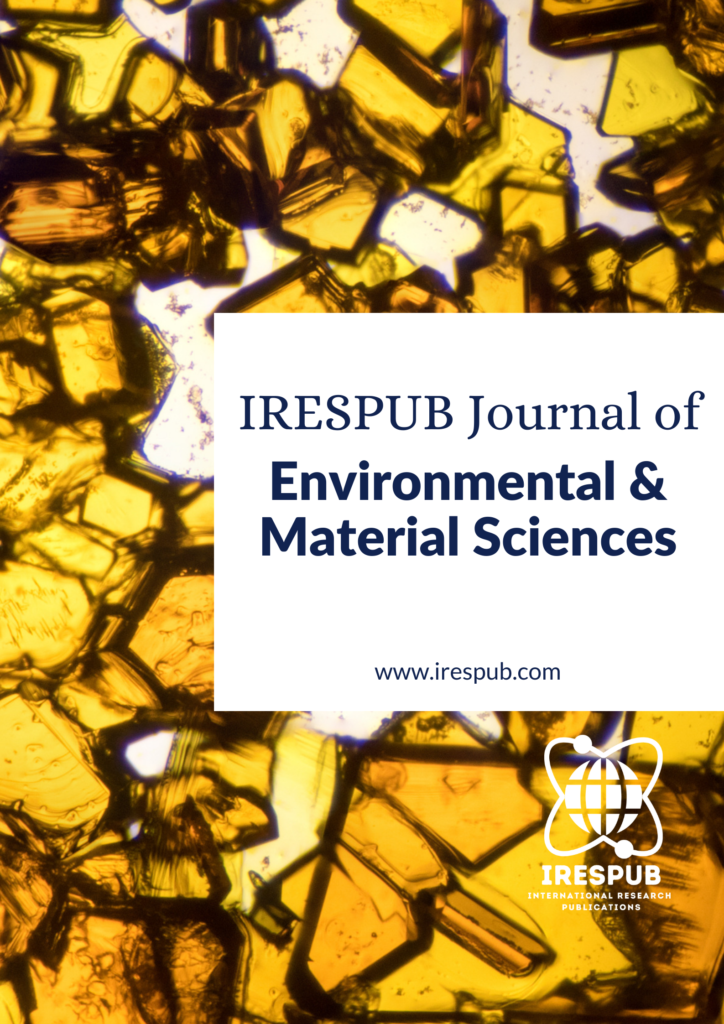
Year Launched: 2021
Journal Menu
- Scope & Research Areas
- Instructions for Authors
- Article Processing Charge
Journal List
- Natural & Applied Sciences
- Life Sciences
- Business Management
- Education & Literature
- Humanities & Cultural Studies
- Medical & Dental Sciences
- Engineering & Computer Sciences
- Agriculture, Food & Nutrition
- Environmental & Material Sciences
- Wellness & Lifestyle Management
- Arts & Ideas
- Law, Policy & Religion
An Analysis of The Geospatial Distribution of Secondary School Teacher Qualifications and Their Impacts on Educational Quality in Mubi Metropolis, Adamawa State Nigeria
Volume 2, Issue 6, Jul-Aug 2023 | Page 1-6 | PDF (904 KB) | Pub. Date: Aug 11, 2023
Author(s)
Peter Dantaro1, and Yohanna Peter2*; 1Department of Surveying and Geoinformatics Nigerian Army University, Biu. Borno Stat; 2Department of Geography Adamawa State University, Mubi. Adamawa State, Nigeria
Abstract
This research explores the geospatial distribution of secondary school teacher qualifications and their impacts on educational quality in Mubi Metropolis. Education is recognized as a fundamental human right with significant implications for social and economic development. However, in underdeveloped nations, the distribution of schools and qualified teachers tends to be uneven, affecting educational access and quality. This study employs geographic information systems (GIS) to map the distribution of qualified and unqualified teachers in the region, identifying potential disparities and geographic clusters. The research sheds light on the implications of teacher qualifications for academic performance, student engagement, classroom management, and overall educational outcomes. The findings can inform targeted interventions to enhance educational quality and create a conducive learning environment for students in the Mubi Metropolis.
Keywords
geospatial distribution; teacher qualifications; educational quality; geographic information systems
Cite this paper
Dantaro, P., Peter, Y. (2023), An Analysis of The Geospatial Distribution of Secondary School Teacher Qualifications and Their Impacts on Educational Quality in Mubi Metropolis, Adamawa State Nigeria, IRESPUB Journal of Environmental & Material Sciences. Volume 2, Issue 6, Jul – Aug 2023, Page 1-6
References
[1] Adaramola, M. O., & Obomanu, B. J. (2011). Factors related to underachievement in science, technology and mathematics education (STME) in secondary schools in Rivers State, Nigeria. World Journal of Education, 1(1), 102-109.
[2] Aladejana, F. O., & Odejobi, C. O. (2006). Actualizing the effective learning of science in a globalized world: The place of the Nigerian indigenous science. Conference Proceedings. International Conference for School Effectiveness and Improvement, Florida, USA.
[3] Biggart, A., Järvinen, T., & Parreira do Amaral, M. (2015). Institutional Frameworks and Structural Factors Relating to Educational Access across Europe. European Education, 47(1), 26-45.
[4] Birchler, K., & Michaelowa, K. (2016). Making aid work for education in developing countries: An analysis of aid effectiveness for primary education coverage and quality. International Journal of Educational Development, 48, 37-52.
[5] Fabiyi, O. O., & Ogunyemi, S. A. (2015). Spatial Distribution and Accessibility to Post Primary Educational Institution in Ogun State, Southwestern Nigeria: Case Study of Yewa South Local Government Area, Nigeria. Journal of Scientific Research and Reports, 5(7), 542-552.
[6] Fajonyomi, A. A. (2007). Reviving higher education relevance in Nigeria. Paper presented at the 3rd Faculty of Week and Annual National Conference, Faculty of Education, University of Maiduguri on the theme Higher education reforms in Nigeria from 26th to 27th September.
[7] Islam, R., Ghani, A. B., Kusuma, B., & Theseira, B. B. (2016). Education and Human Capital Effect on Malaysian Economic Growth. International Journal of Economics and Financial Issues, 6(4), 1722-1728.
[8] Jones, S. (2016). How does classroom composition affect learning outcomes in Ugandan primary schools?. International Journal of Educational Development, 48, 66-78.
[9] Ngada, A. J. (2008). Impact of NCE programme on preparation and performance of NCE graduate teachers in Borno state Junior Secondary Schools. Research in Curriculum, 5(1), 190-195.
[10] Tarc, P. (2013). What Larger Conditions and Logics Are in Play? Responding to “Education as a Human Right in the 21st Century”. Democracy and Education, 21(1), 1-9.
[11] The United Nations Children’s Fund (UNICEF). (2014). Education. Retrieved from http://www.unicef.org/ethiopia
[12] Ogunyemi, S. A., Muibi, K. H., Eguaroje, O. E., Fabiyi, O. O., & Halilu, A. S. (2014). Geospatial approach to the evaluation of accessibility to secondary educational institutions in Ogun State, Nigeria. Earth and Environmental Science, 20, 1-13.
[13] Oluwadare, O. I., & Olujimi, J. (2011). Regional analysis of locations of public educational facilities in Nigeria: The Akure region experience. Journal of Geography and Regional Planning, 4(7), 428-442.
[14] Seweje, R. O., & Jegede, S. A. (2005). Science Education and Science Teaching Methods. Lagos: Atlantic Association.
[15] Waseka, E. L., Enose, M. W., Simatwa, T., & Okwach, O. (2016). Influence of teacher factors on students’ academic performance in secondary school education. A case study of Kakamega County, Kenya. Greener Journal of Educational Research, 6(4), 151-169.

